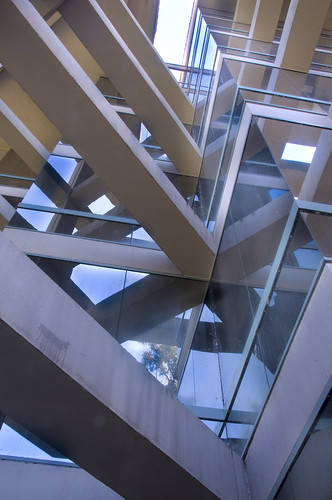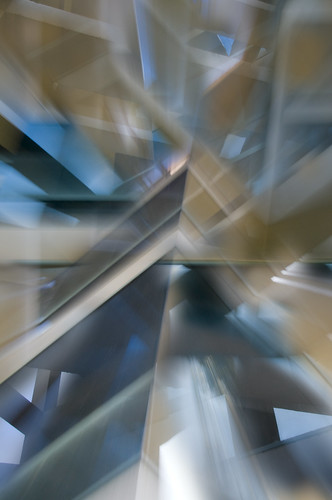If you’re like me when it comes to wild and wacky Photoshop creations that start as digital photos, sometimes you don’t remember how you got to your end point. A related issue: sometimes in the process of experimenting one of the intermediate “experiments” seems better than the final version, so was it saved? How do you get back to it? Some of the good photocompositions get away, and this is all a matter of that apparently dull topic: workflow.
I’m not addressing the issue of Photoshop workflow in this story in detail, although I do have it pretty well down by now. Put simply: I archive all interesting variants of everything. This is a large topic, and means tracking a great many files and variants. I do plan to write more about this subject, which might generally be called post-processing, perhaps in that Photoshop book that I plan to get to some day.
A related issue is structuring and organizing storage for one’s digital images, and I do have a detailed blog story planned on the topic, so stay tuned.
The aesthetics, purpose, and (if you will) composition of photocomposition comprise another subject that I’m passing on for now. Sometimes it is best to approach imagery in a simple frame of mind: Does it do something for you, or not? This is related to the Supreme Court’s famous test for obscenity: Justice Stewart couldn’t define obscenity, but he knew it when he saw it.
No, this story merely shows the photographic pieces that I used to assemble the photocomposite I’ve called Event Horizon (immediately below).
View this image larger.
To head into a black hole of a tangent, Event Horizon is the title of rather silly 1997 science fiction film. According to the Wikipedia, in general relativity an event horizon is a boundary in spacetime, an area surrounding a black hole, beyond which events cannot affect an outside observer. Light emitted from inside the horizon can never reach the observer, and anything that passes through the horizon from the observer’s side is never seen again.
Moving away from image titles, the genesis of Event Horizon is the relatively straight architectural photo of the Life Sciences Annex on the Universoty of California at Berkeley campus shown below.
View this image larger.
I photographed this building stopped down for full depth of field using a circular polarizer to bump the reflections at 22mm (33mm in 35mm terms), 1 second and f/25 at ISO 100.
After a series of straight exposures, I started fooling around zooming during the exposure (see In a What-If State of Mind for more on this technique).
Waterfall Method (below) is the result of zooming from 70mm to 24mm (105mm to 36mm in 35mm terms) with the camera still on the tripod while doing a 2 second exposure at f/25 and ISO 100.
View this image larger.
So here’s my recipe: Take the original architectural shot, add a zoom time lapse slightly overexposed photo, and sprinkle in a pinch of Photoshop layering and channel operations, and Voila!



texbrandt
12 Jun 2008Nice work on Event Horizon.
There is probably a book or two waiting to be written about this kind of approach to producing an image.
I started to suggest a recipe book for the creation of new images based in a photo or photos, but for me in photo’s as with my cooking the same dish/photo experiment hardly ever comes out the same way twice.
http://www.flickr.com/photos/texbrandt/2547515048/in/set-72157605414556047/ this one started out as a shot up through the atrium at the hospital where my twin grand sons were born.
Outside of saving regularly at various stages I have not done any real documentation, but I am thinking it might be worthwhile to make notes on the desktop note pad.
My wife gave me the promise of Photoshop cs3 extended for my birthday. It will probably take us a month or so to catch up with everything after our vacation to where we can get it without going further into debt.
regards
Robert
texbrandt
14 Jun 2008These blog entries inspired me to do a little show and tell in my blog.
http://texbrandt.com
Got to thinking I might document the process next time with screenshots and work up a video presentation in Photodex.
Thanks for the continued inspiration.
Robert